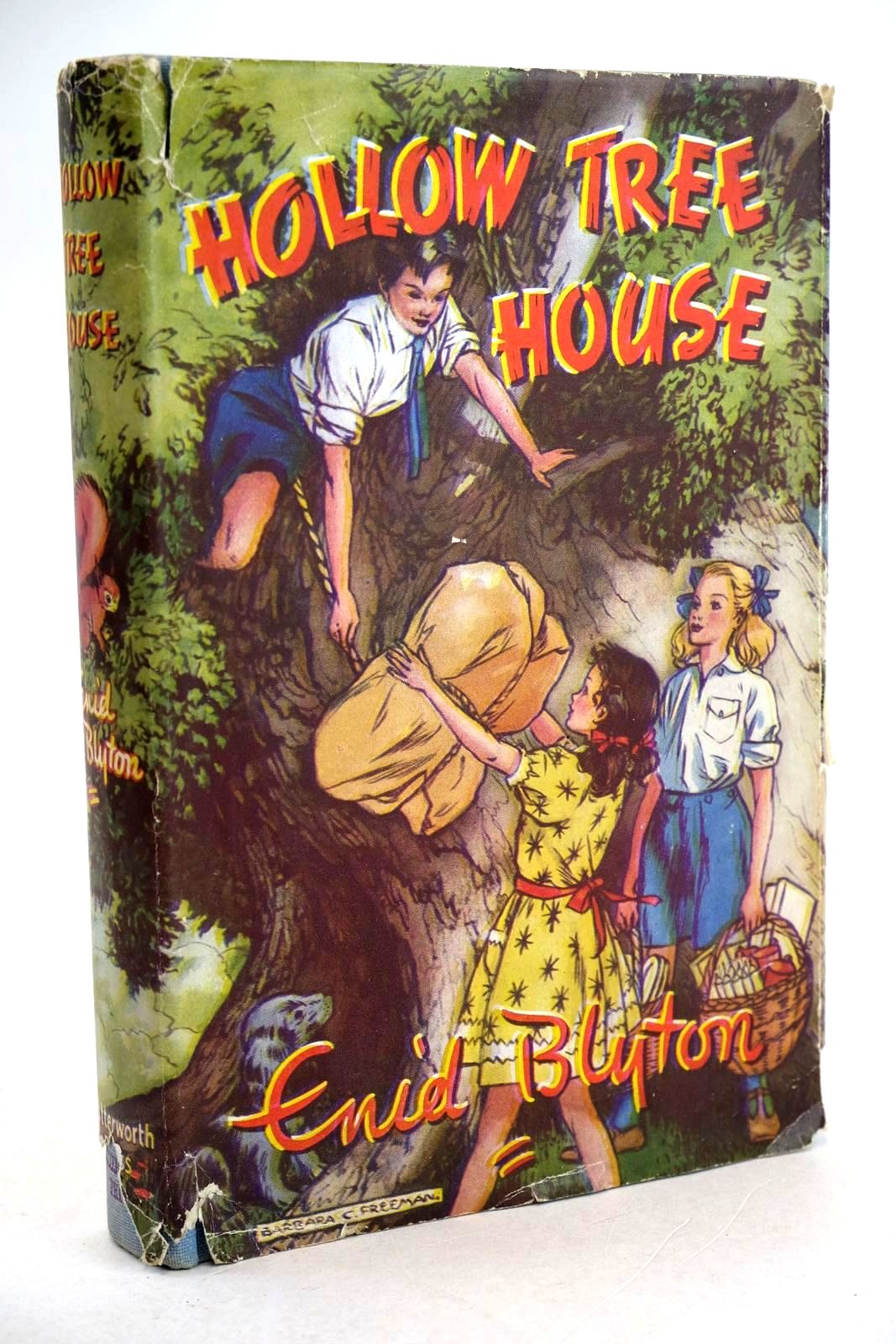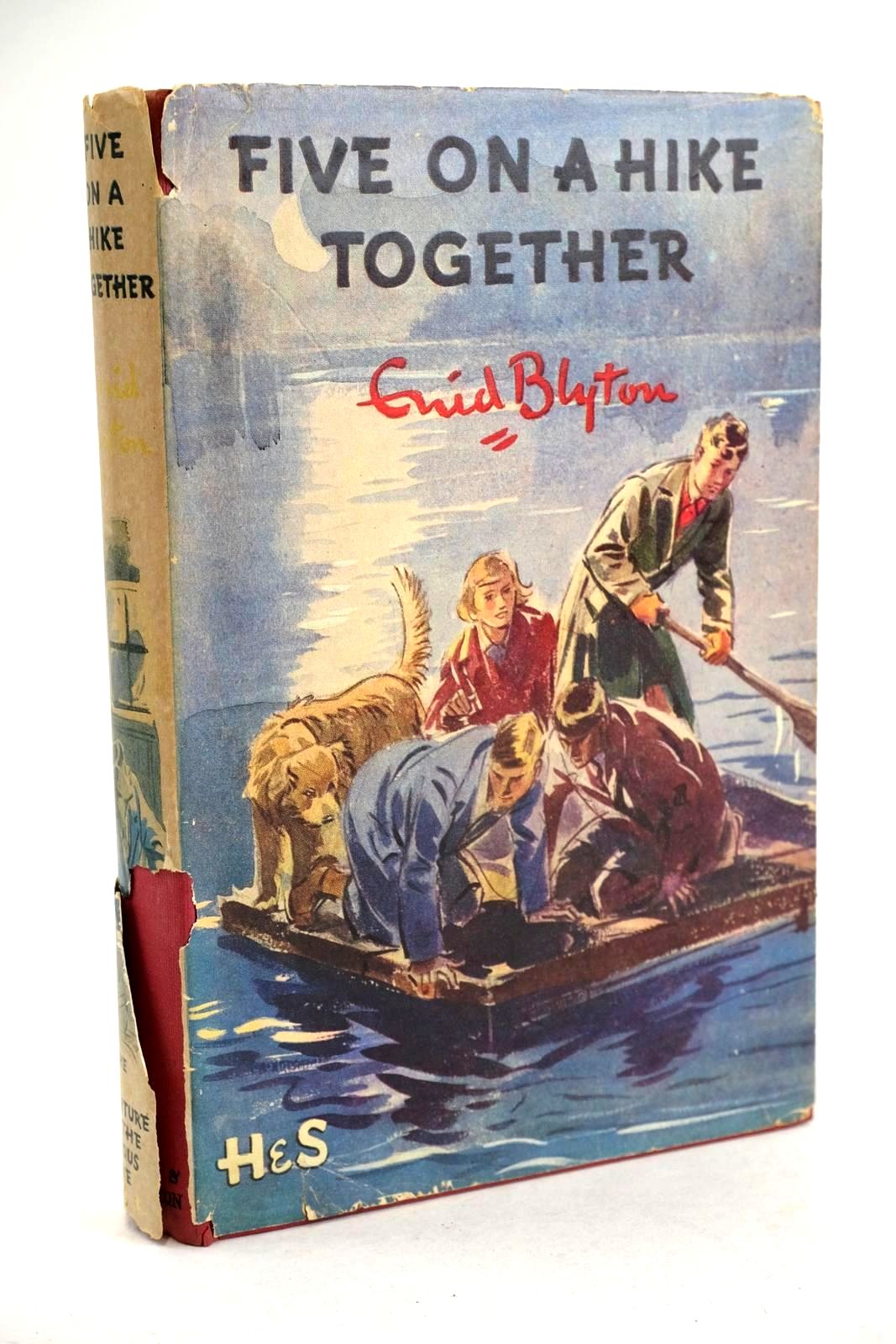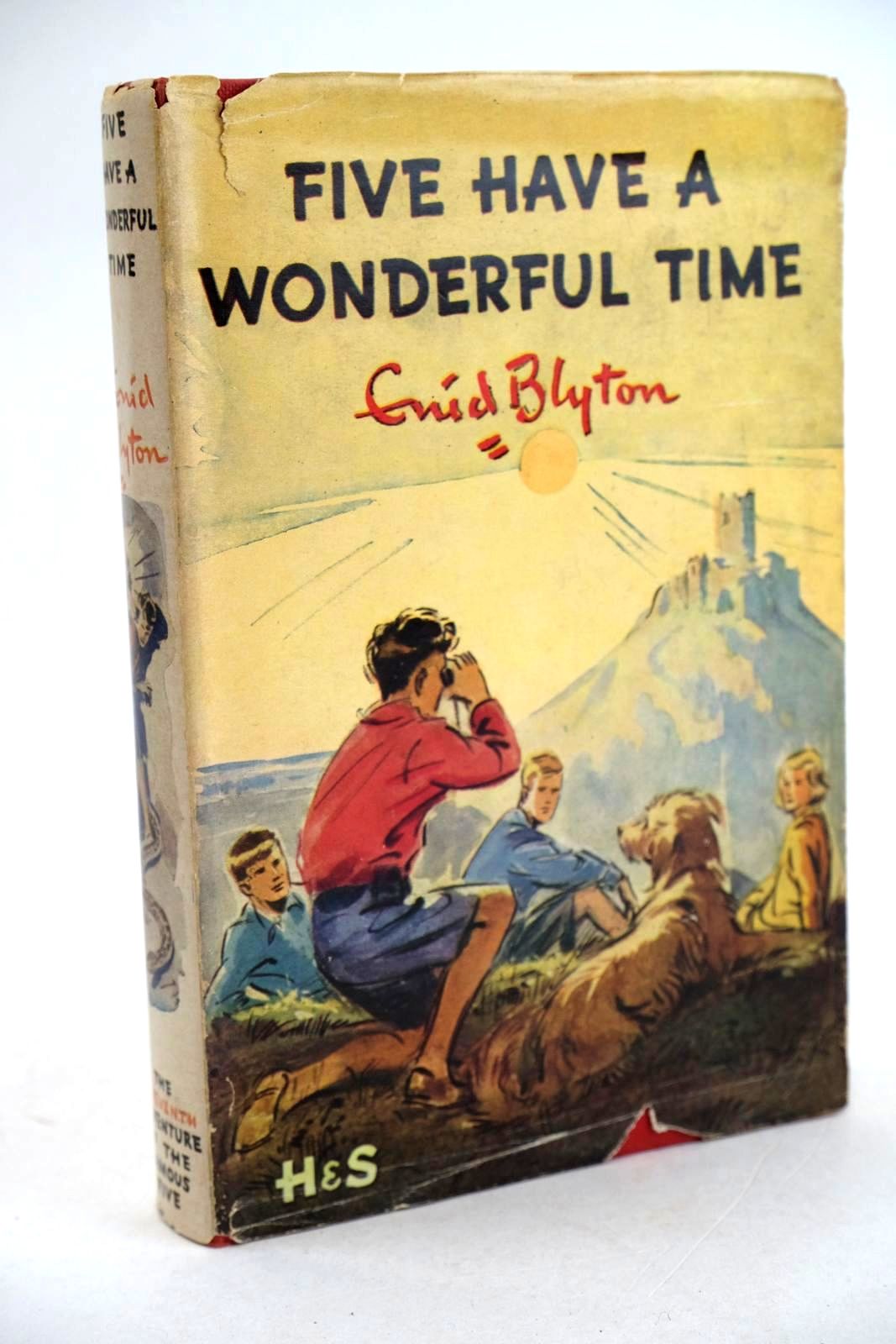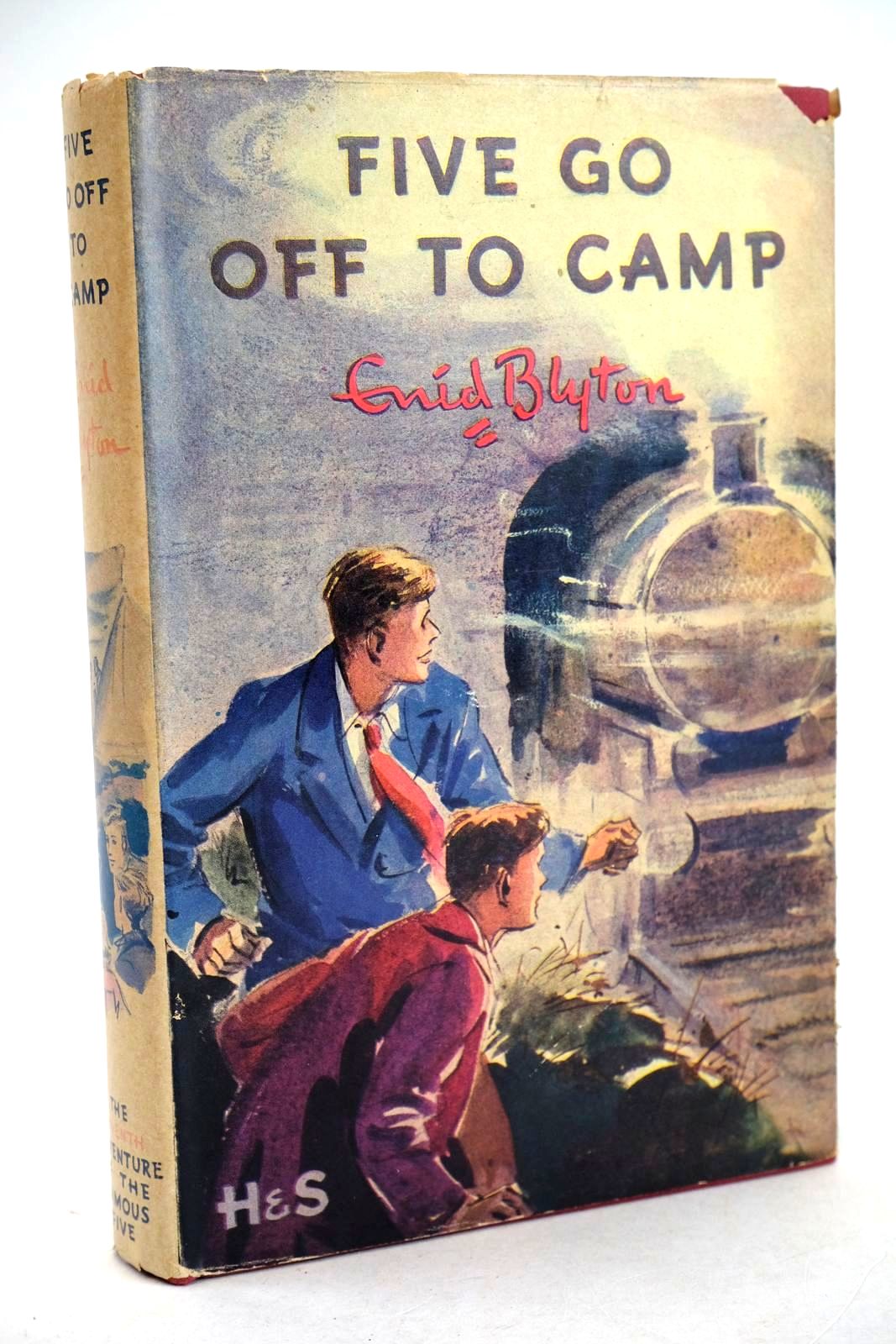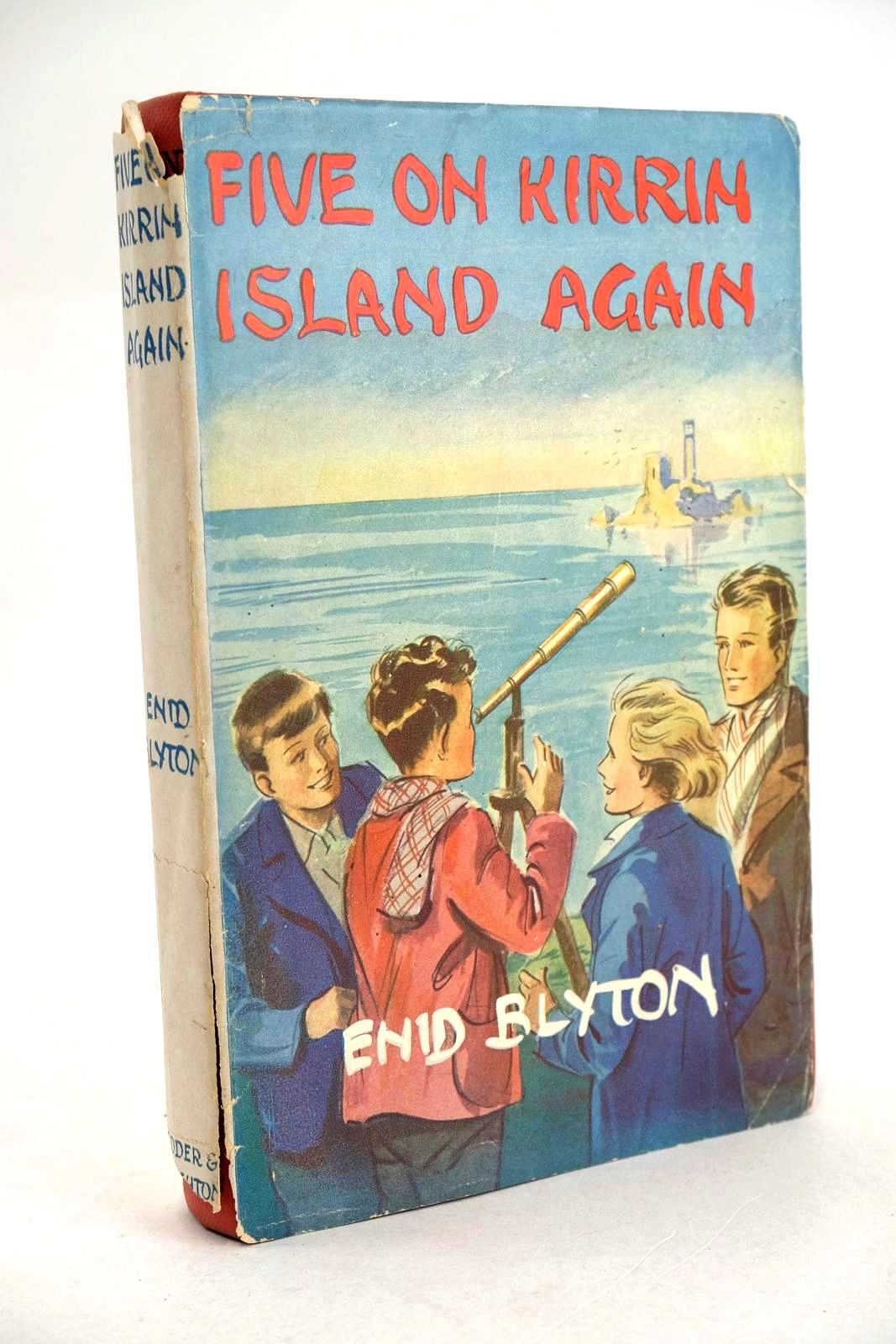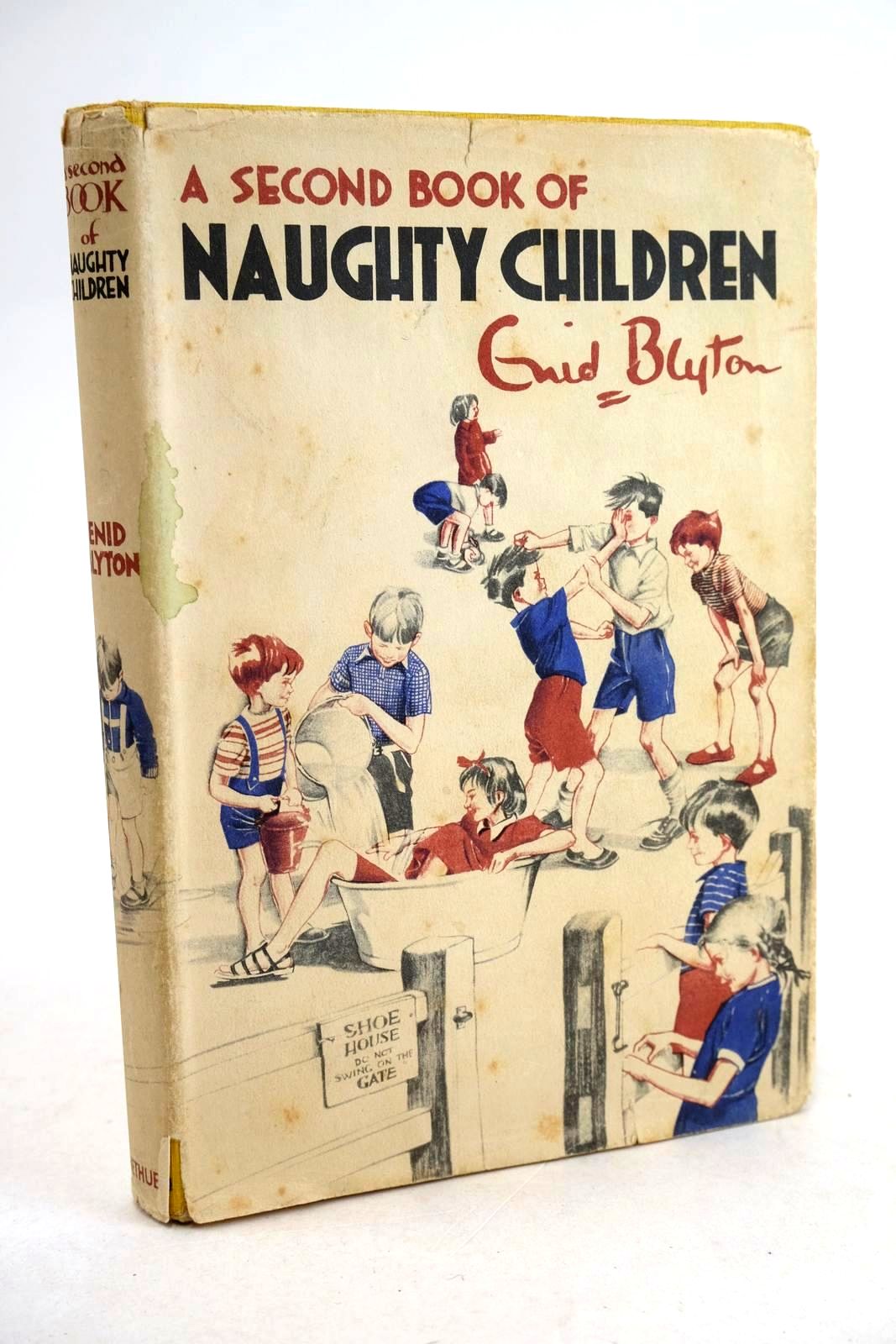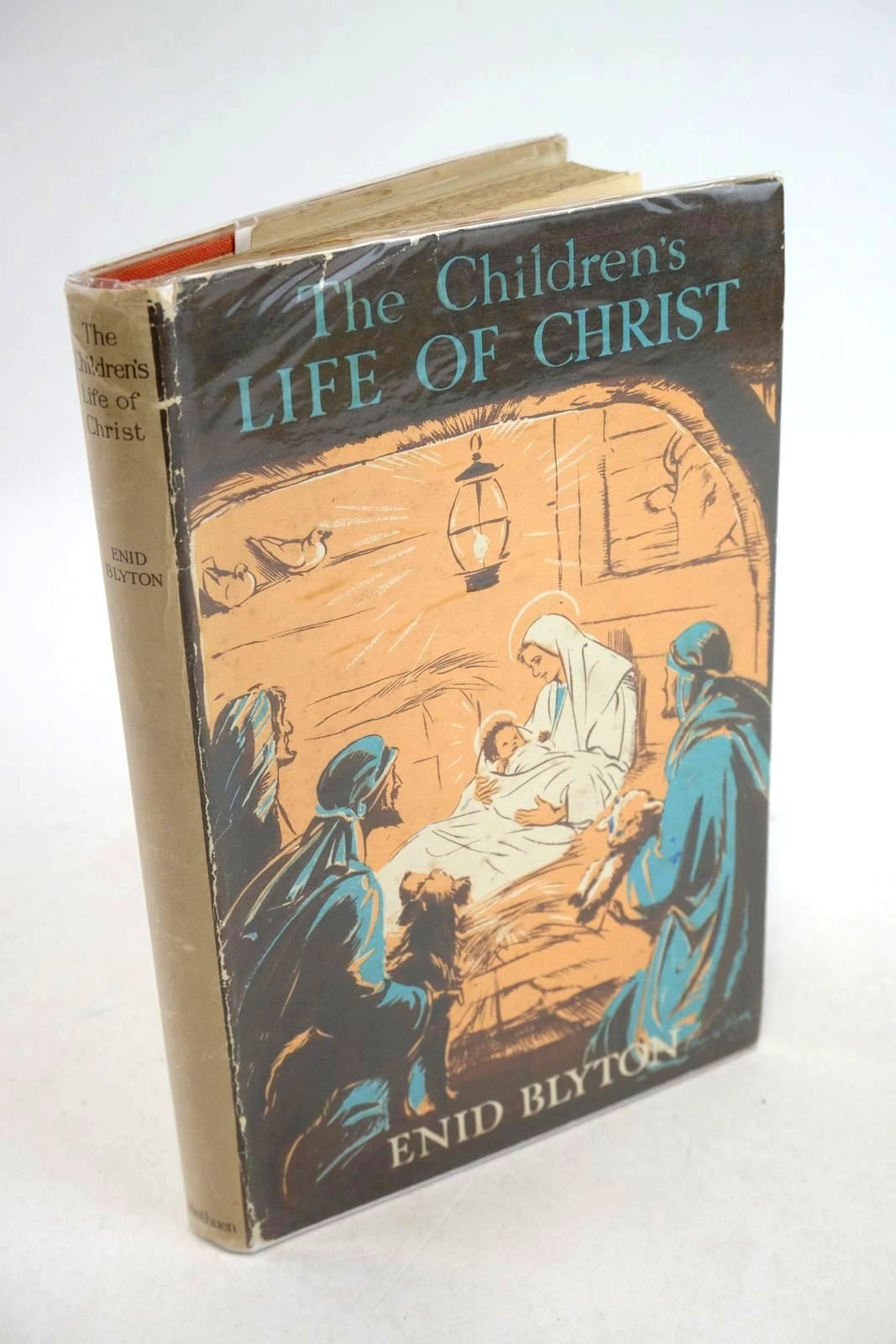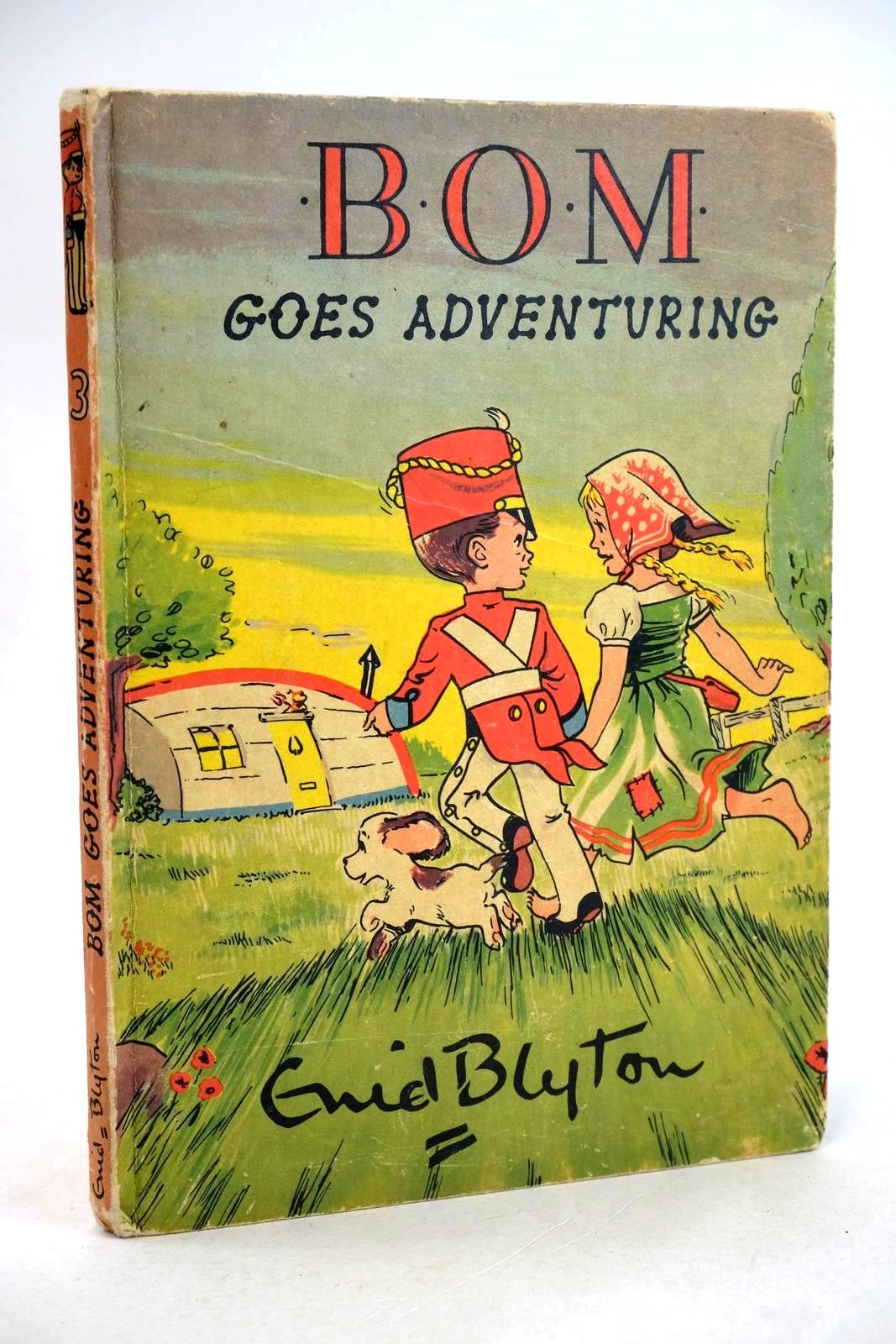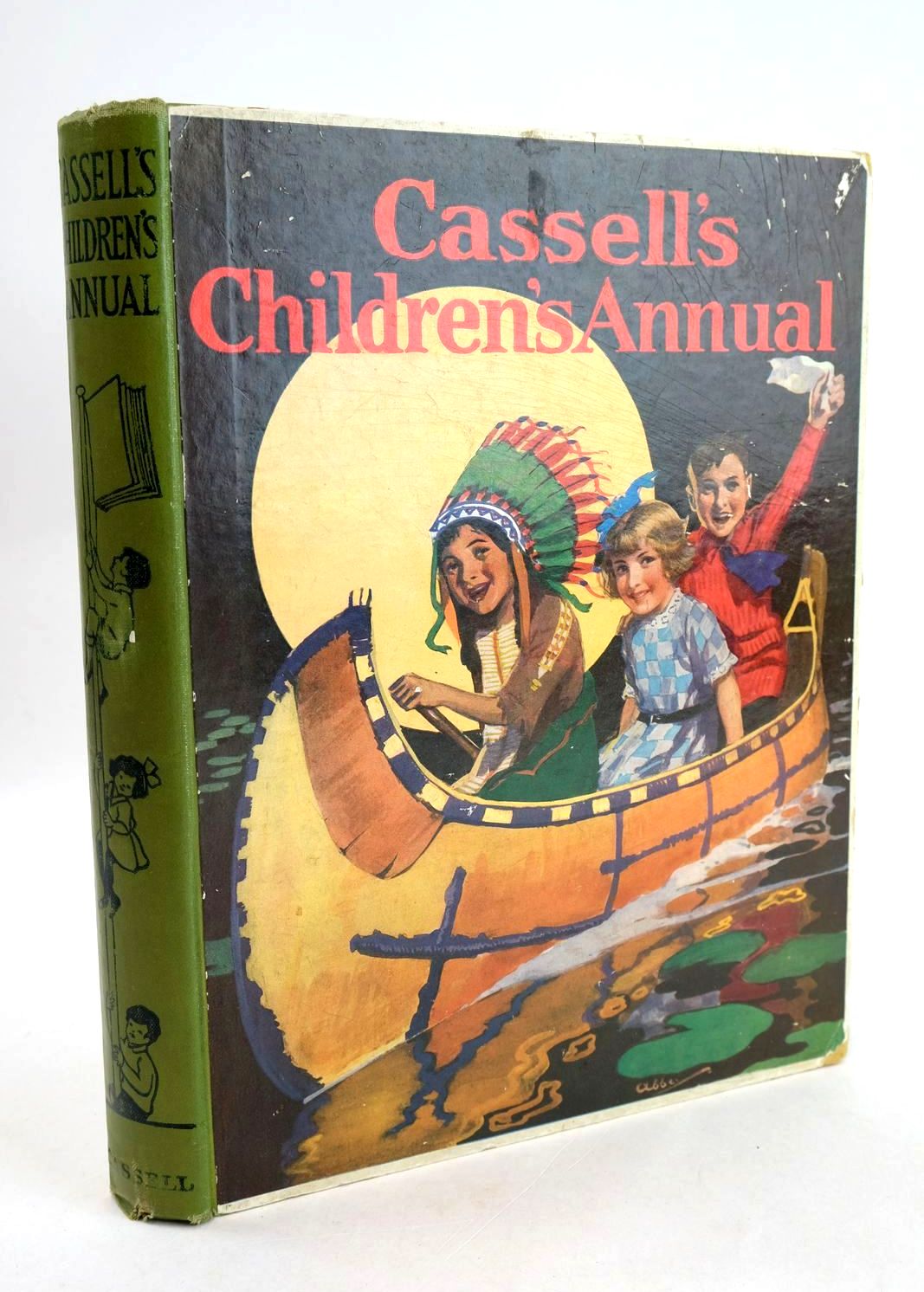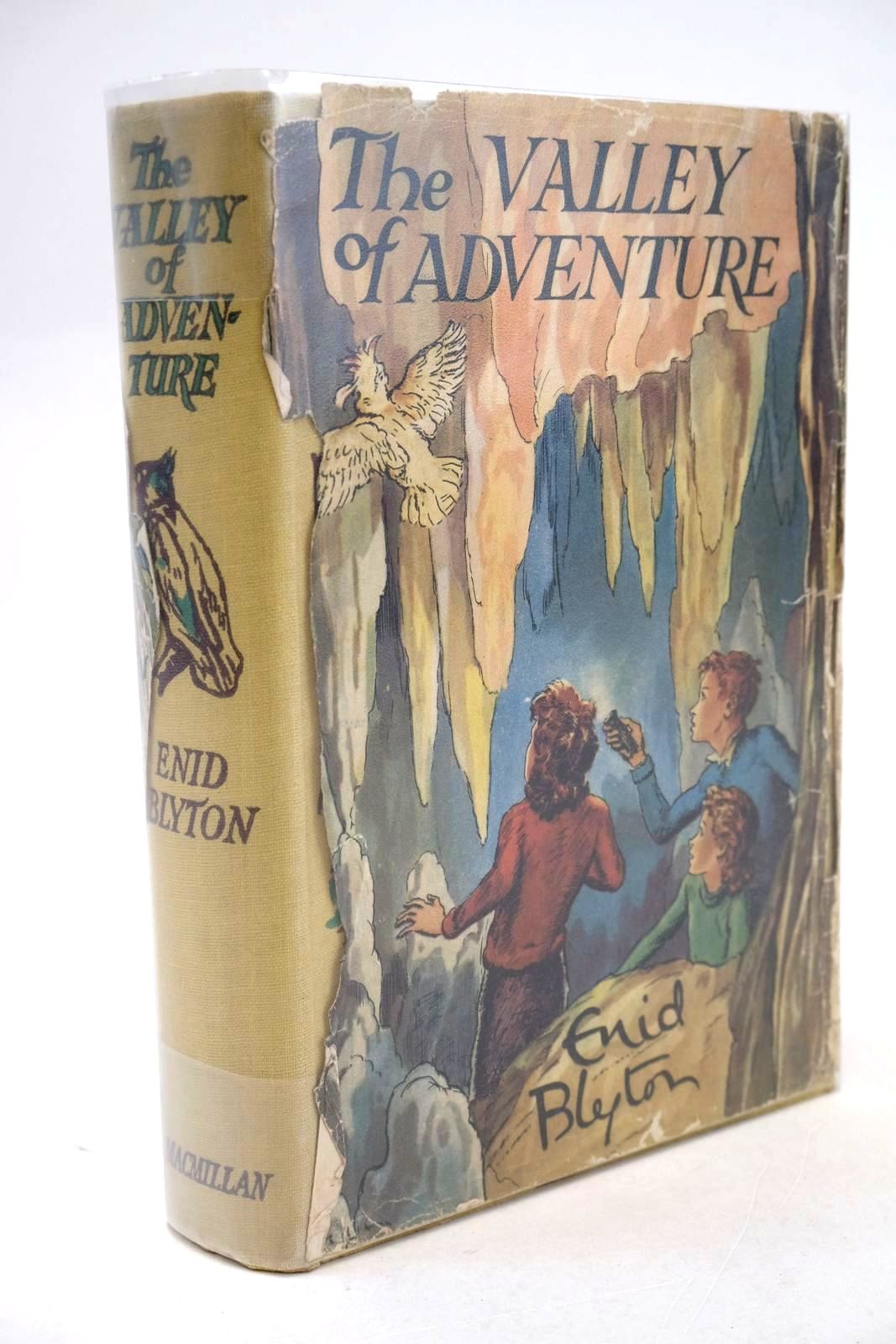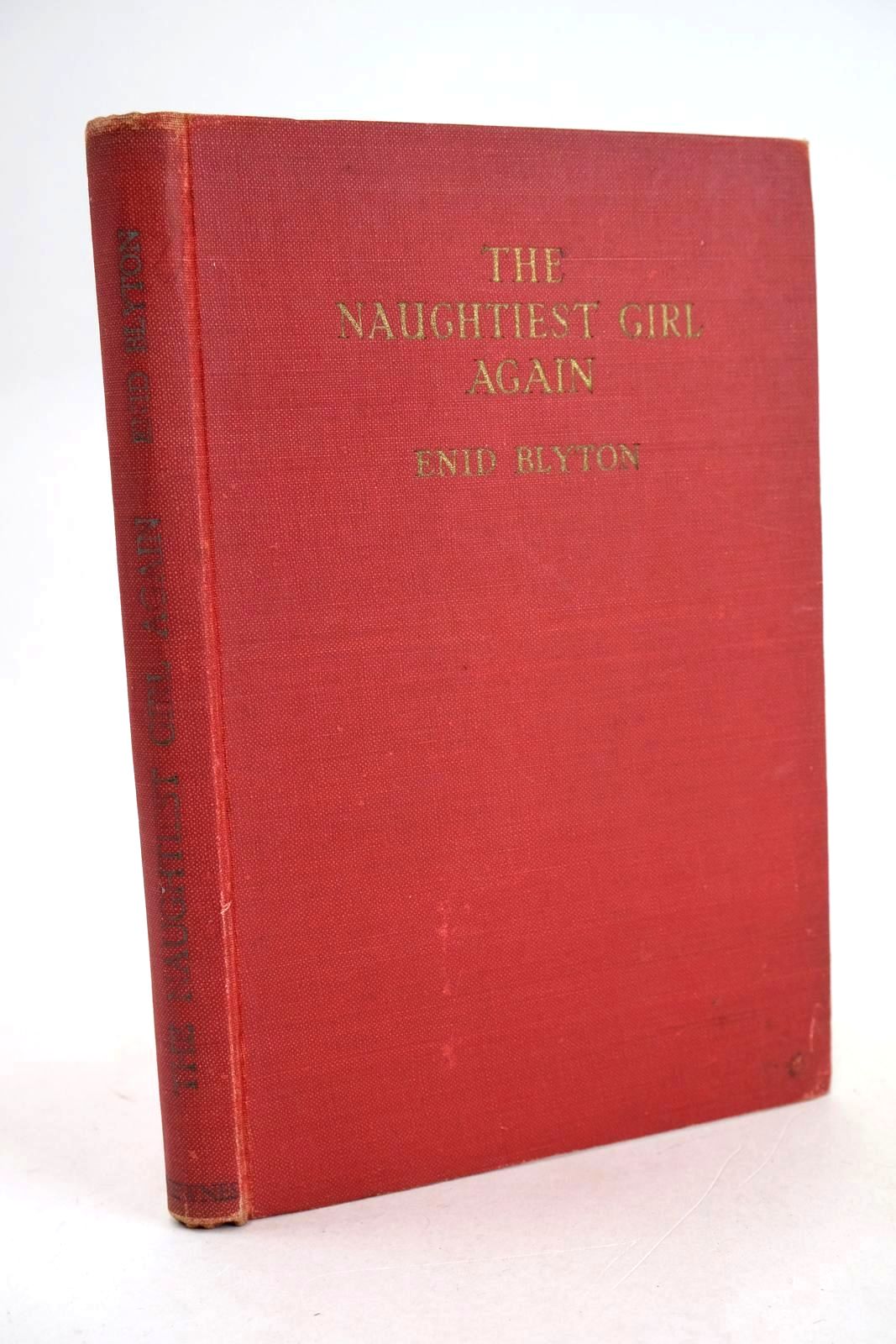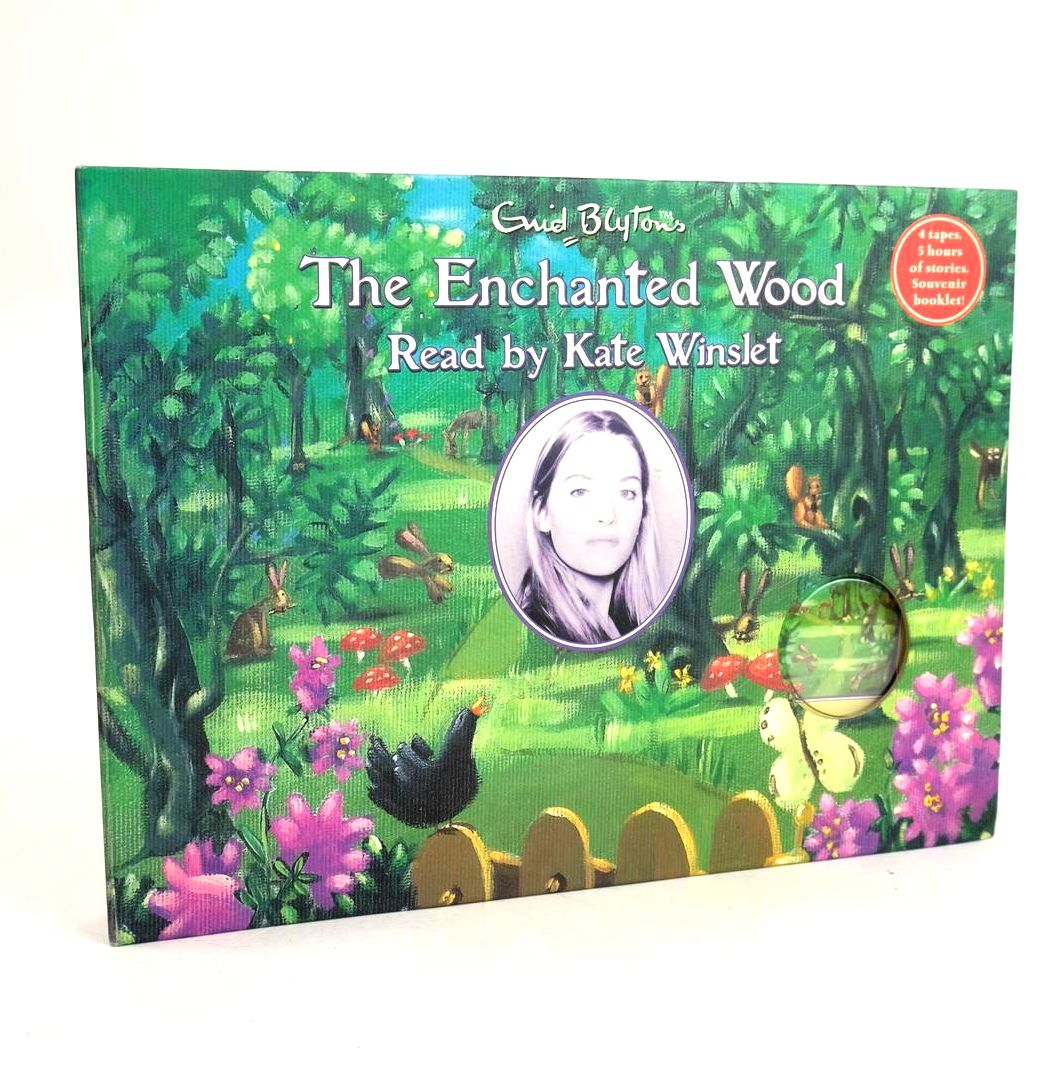Enid Blyton's Adventure Series
After reading other Enid Blyton titles (mostly Secret Seven and Famous Five), I discovered in my local library another series penned by Blyton - the Adventure Series. To me the titles in this series felt more grown-up and exciting than the other books I'd read by Blyton and they quickly became my favourites (with perhaps the exception of 'The Secret of Spiggy Holes' - my favourite Blyton title of all time!).
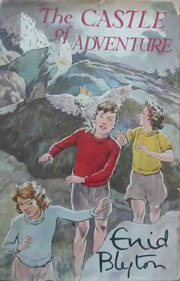
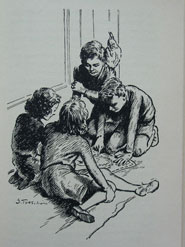
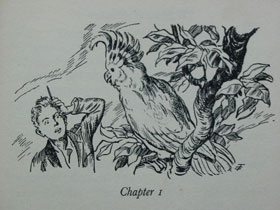
As with other Blyton books you have a group of central characters and in this series they are Philip and his sister Dinah, together with orphaned brother and sister, Jack and timid Lucy-Ann. Philip is an animal lover and no animal seems to dislike him. Dinah, his sister is adventurous and in total contrast to Lucy-Ann, whom you feel would rather not get into these dangerous adventures, but would opt for a quieter time if she didn't always want to be so close to her beloved brother, Jack! Jack is bird mad, and his quest to go bird watching contributes to some of their adventures. An example of this is in 'The Castle of Adventure' - Jack wants to watch some eagles and when he decides to stay overnight he realizes that he is not alone in the castle! Last but not least, who can forget Kiki, Jack's 'scarlet and grey', very talkative parrot?
Kiki is actually the first character to speak in the first book of the series 'The Island of Adventure'. Kiki is screeching some phrases at Philip who is trying to do solve some algebra problems. Philip cannot for the life of him work out who is telling him to 'shut the door, idiot' or 'wipe your feet'! We soon find out that these are among Kiki's extensive repertoire of phrases learned from Jack and Lucy-Ann's moody Uncle and housekeeper. On occasions Kiki's phrases and screeches come in very handy to confuse and scare the baddies that the children come across in their adventures!
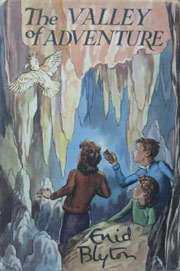

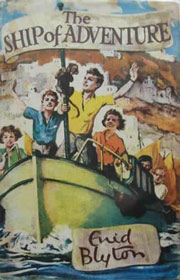
There are also a certain number of adult characters reoccurring through the series. Bill Smugs to me is the most memorable and most consistently present of these, although Mrs. Mannering, also known as Aunt All ie, probably comes a close second. In 'The Island of Adventure' Blyton creates a certain amount of conflict around Bill Smugs - is he really as nice as he appears to be? On my first reading of this title, I do remember toing and froing in my decision as to whether he was a goodie or baddie! This tactic used by Blyton to heighten the tension and mystery of the book certainly worked for me! If you've not read the Adventure books I won't spoil your enjoyment by saying any more about Bill Smugs except that he does appear in every book in the series and, in 'The Valley of Adventure', it is Bill's invitation to take the children on a night flight to stay with him at his home which is the catalyst for that particular escapade!
There are a total of eight titles in the Adventure series, the first 'The Island of Adventure' was published in 1944, and the final, 'The River of Adventure' was published in 1955.
Full list of titles:
The Island of Adventure (Published 1944)
The Castle of Adventure (Published 1946)
The Valley of Adventure (Published 1947)
The Sea of Adventure (Published 1948)
The Mountain of Adventure (Published 1949)
The Ship of Adventure (Published 1950)
The Circus of Adventure (Published 1952)
The River of Adventure (Published 1955)
Each adventure takes the children to different and sometimes foreign and exotic locations, differing greatly, in my opinion from the adventures in the Secret Seven series and so showing how the stories are more grown-up and adding to the excitement of them. However, it doesn't matter where the children end up, be it at Philip and Dinah's home, in Cornwall at 'Craggy-Tops by the sea' (The Island of Adventure); on a trip to the Welsh mountains (The Mountain of Adventure) or even on a cruise around the Greek islands (The Ship of Adventure), they always have a knack for seeking out a mystery to solve or an adventure to embark on.
The adventures are brought to life with Blyton's vivid and in some places lengthy descriptive passages together with the pictures by illustrator Stuart Tresilian. The original editions were first published by Macmillan & Co. Ltd., with beige or cream cloth covers that usually had two-tone illustrations of a scene from the book. Over this, the original editions have beautiful full colour pictorial wrappers. Cheaper editions were later published by ' The Thames Publishing Company'. The books have also been published in the 1990's in paperback to coincide with a TV serial of the books.
If you've not read the titles in Blyton's 'Adventure Series' yet - why not start at the beginning and discover for yourself the drama and amusement, as the adventures unfold?
Contributed by Joanne Hill
(Published on 15th Nov 2015 )


